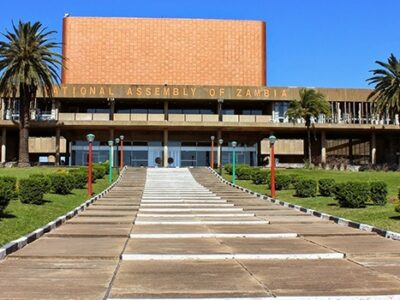In the quiet embrace of a secluded hill, the digital age has arrived like a sudden thunderclap, breaking the silence with its resounding presence.
What once seemed distant and unreachable is now accessible in real time, as internet connections bridge continents and dissolve boundaries.
Journalism has never been better equipped to deliver news to the masses with unprecedented speed and efficiency.
Read More: Uncertainties in the season of Zambia’s digital rights pursuits, by Hannet Mwimbe
According to Elastus Mambwe, a Digital Journalism lecturer at the University of Zambia, “the internet has had a positive impact on the practice of journalism.”
In his study on the use of Information Communications Technologies (ICTs), including the internet and cell phones, across newsrooms in nine Southern African countries, results from Zambia showed that journalists widely utilise and recognize the importance of these technologies in their daily work.
Mambwe further noted, “Increased investment, development, and application of new communication networks and services in Zambia, as is the case in other African countries over the past 25 years, have led to a rise in the uptake of technological platforms provided by these networks.”
The digital revolution has transformed journalism, making it easier for journalists to connect with audiences in real time and greatly expanding the field’s reach.
Mambwe highlighted a pivotal moment in his work, noting that with Zamnet as the first internet service provider (ISP), Zambia made its historic connection to the internet in November 1994, ushering in the digital age.
Over time, this connectivity empowered users by allowing them to personalise algorithms and user data, ensuring content aligned with their interests.
This tailoring of news and recommendations reshaped how people consumed information, making it more relevant and engaging.
However, this freedom also brought challenges. The rise of citizen journalism and sensationalist reporting made it difficult to navigate the credibility of sources.
With a smartphone and basic language skills, anyone could publish stories and gain a following, often without adherence to journalistic standards.
Clay Shirky, in his book “Here Comes Everybody: The Power of Organizing Without Organizations,” questioned, “What happens when anybody with a smartphone and a basic command of English (or another language) can become a publisher?” Shirky argued that media consumption has shifted from passive to highly interactive, where individuals can engage with both content and each other.
In this new landscape, those who achieved visibility online were often perceived as the most trustworthy, regardless of their actual credibility.
While the digital age has opened new doors for journalism, it has also introduced complex challenges, both in Zambia and globally.
“It has created new opportunities and new problems, and it has challenged traditional media in ways that we are still trying to understand,” Jeff Jarvis noted in “Public Parts: How Sharing in the Digital Age Improves the Way We Work and Live.”
Digital journalism’s impact is a double-edged sword—enhancing the spread of information while simultaneously testing the foundations of journalistic integrity.
WARNING! All rights reserved. This material, and other digital content on this website, may not be reproduced, published, broadcast, rewritten or redistributed in whole or in part without prior express permission from ZAMBIA MONITOR.













Comments